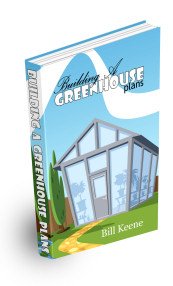

Build Your Own!

Learn how to create your own geodesic dome green house and have your own 'Organic Food Factory' providing you and your family with incredible food, year round, even in the dead of winter!
Click Here!

What's New?
Discover how to easily build an attractive and affordable greenhouse that will grow anything in any conditions. Also, building your own greenhouse just makes economical sense. You can build a greenhouse at just a fraction of the cost of buying a pre-built one. Most pre-built greenhouse you buy need to be assembled anyway, you are really just paying hugely inflated prices for the material.
Click Here!




 Learn how to create your own geodesic dome green house and have your own 'Organic Food Factory' providing you and your family with incredible food, year round, even in the dead of winter!
Click Here!
Learn how to create your own geodesic dome green house and have your own 'Organic Food Factory' providing you and your family with incredible food, year round, even in the dead of winter!
Click Here!